The Aberdeenshire beer giant Brewdog has finally been granted permission to start planting trees as part of its ambitious Lost Forest carbon capture project.
The company purchased Kinrara Estate near Aviemore in 2020 for £8.8 million, and intends to use it to plant more than a million native trees and restore degraded peatland in order to absorb carbon from the atmosphere.
It’s part of the brewery’s work to be “carbon negative”, by locking away more carbon than it puts out.
But although it bought the land for its Lost Forest initiative (so named as it is designed to return native trees to the landscape) two years ago, so far there has been no actual trees put in the soil yet.
However, with permission now in place, tree planting work is due to start later on this week — and Brewdog invited us to go and see the estate to find out more about the plans.
Join us on a photo tour of the estate:
Brewdog is working with its partners Scottish Woodlands Ltd, a forestry management company that works in the industry all across the country.
We jumped into a 4×4 with one of the company’s regional managers, Neil Crookston, who took us for a tour around the glens, moors and rivers of the former sporting estate.
Brewdog and its Scottish Woodlands partners say they have undertaken “detailed environmental and ecological surveys on the land” in order to make tree planting and peat restoration plans that are “sympathetic to the surrounding environment, fauna and the wider ecosystem”.
As we drove through the estate, Neil pointed out certain hillsides and rocky patches of land where certain native trees will be planted, with careful consideration for what species go in what spots.
Throughout the estate, there are reminders of the previous use of the landscape for shooting.
Grouse butts can be seen peppering the more elevated parts of the moors, where Neil says tree planting will be less viable.
And a memorial to a former head keeper at the site can be found at one of the summits we passed on our tour.
However, the sound of gunfire will continue, at least in part, on Brewdog’s land.
In order to ensure the Lost Forest has the best chance to grow, deer culling measures will be used, as well as the use of deer fences.
We followed the main route through the estate known as the Burma Road to one of the waterways that winds its way through the land.
Neil explained that far from just planting trees wherever they can, consideration has been made to maintain current parts of the landscape such as the soggy river shorelines, as they are important for wading bird species like curlew.
As well as existing but relatively few patches of dense woodland on the site, Neil pointed out a few lonely trees standing alone on hillsides.
He explained that if the project goes to plan, the existing forests will be expanded, and the isolated trees will have neighbours once again.
As part of its plans, Brewdog says it wants to maintain and encourage public access to the popular walking and mountain-biking routes throughout the estate.
The Scottish Woodlands manager also drew our attention to parts of peatland where restoration work has already been carried out, highlighting swathes of the landscape featuring plantlife indicative of regenerated areas of peat.
‘We are so pleased we can now move forward at pace’
James Watt, co-founder of the company, said he’s happy that work can now finally begin on tree planting at the Brewdog Lost Forest.
He said: “We are so pleased we can now move forward at pace with our amazing Lost Forest plans.
“Over the coming years we will plant over a million trees to create a native, bio-diverse
broadleaf woodland that will pull significant amounts of carbon from our atmosphere to help save our planet.
“I’d like to thank our partner Scottish Woodlands who have helped bring our vision to fruition and Scottish Forestry for approving our plans.
“Now we can get digging and invite people to join us as we bring the Lost Forest to life.”
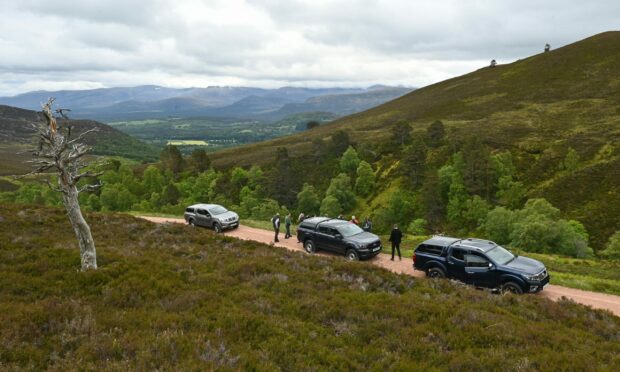
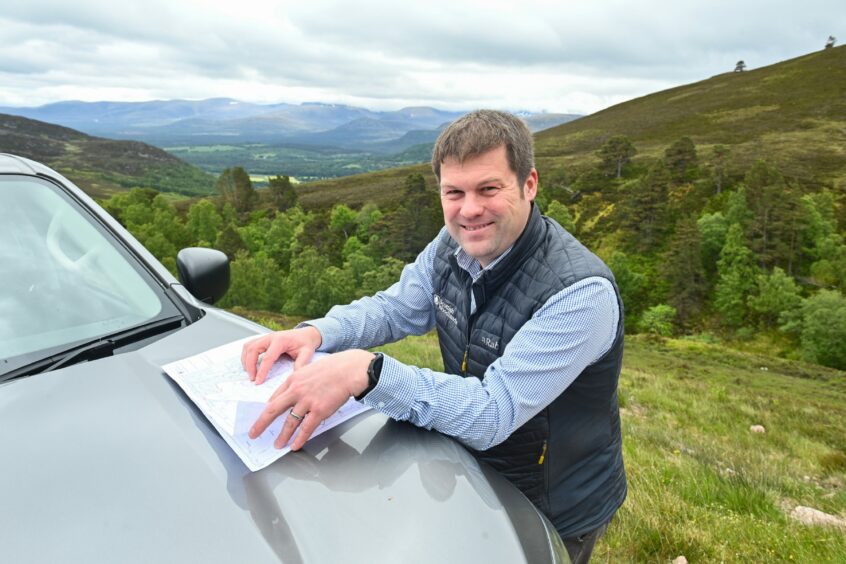
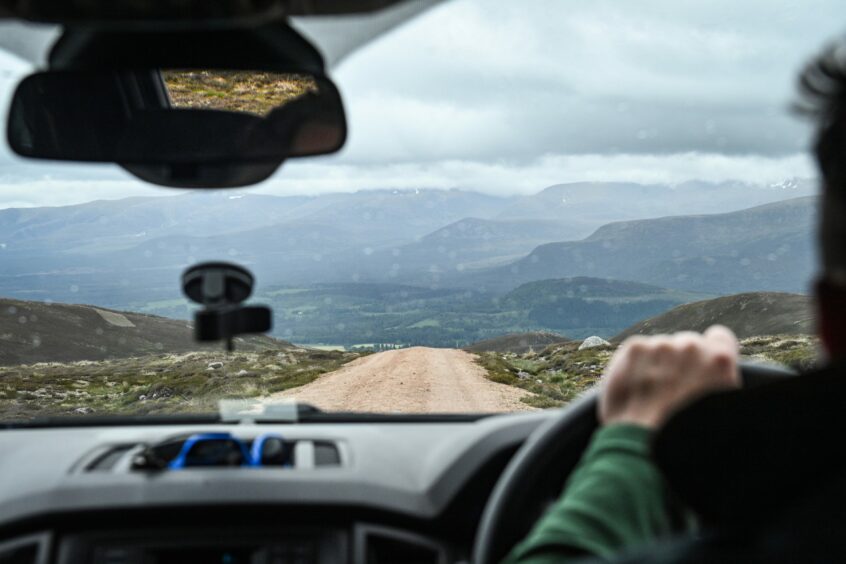
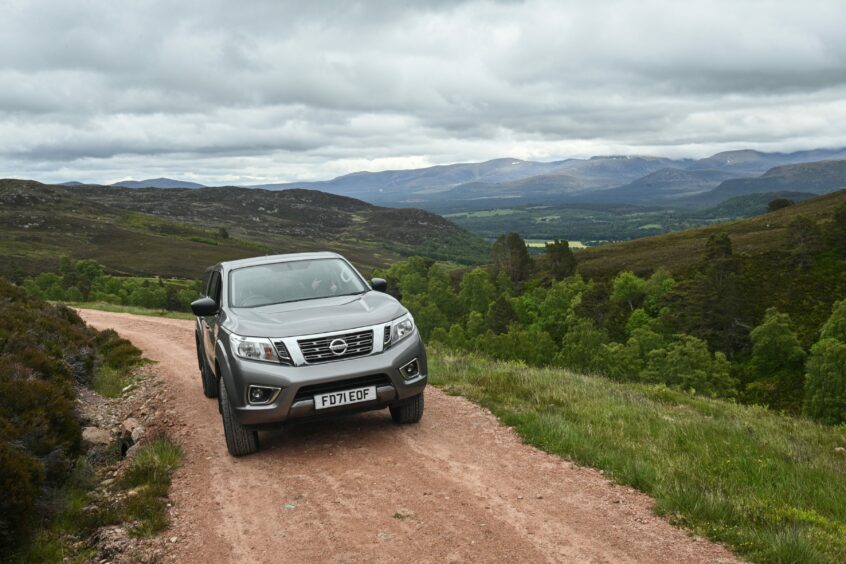
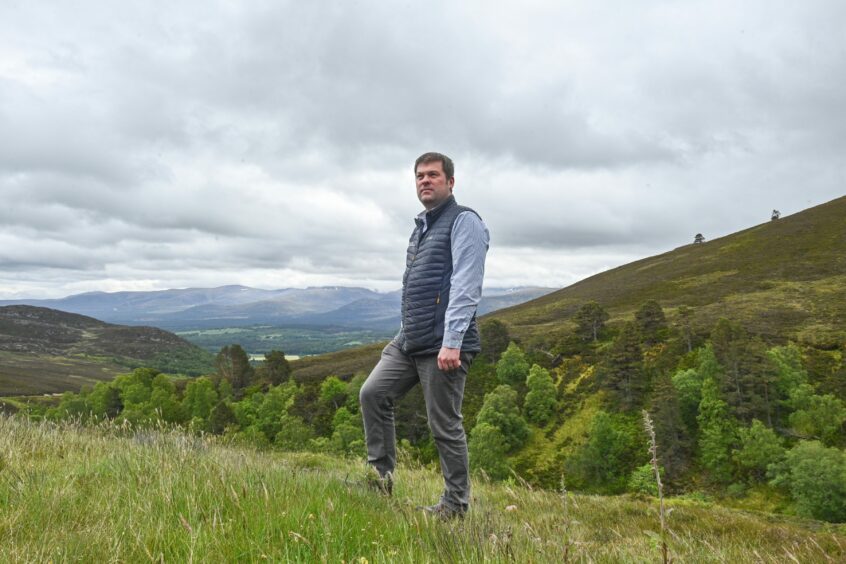
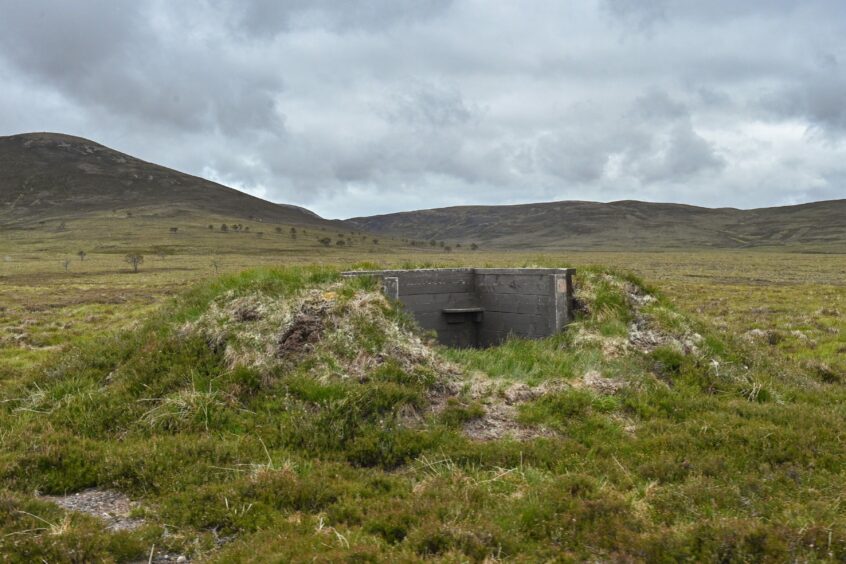
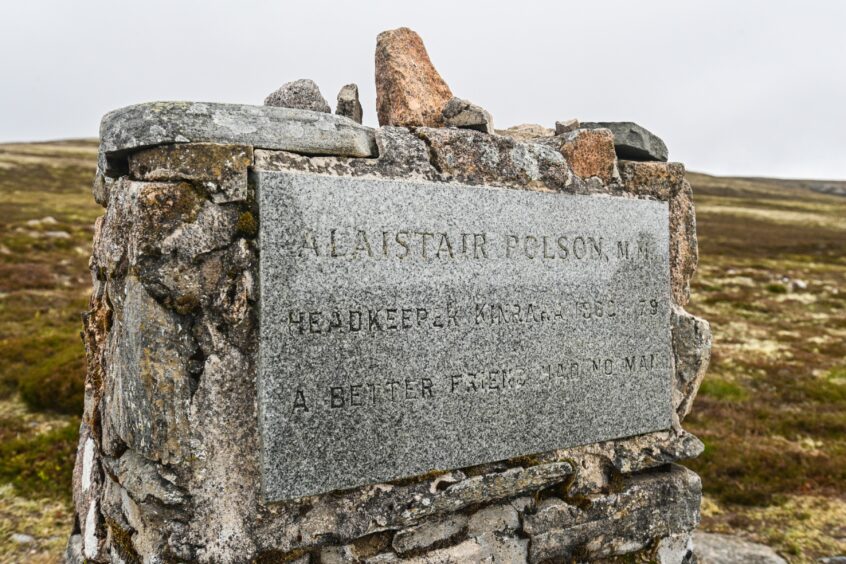
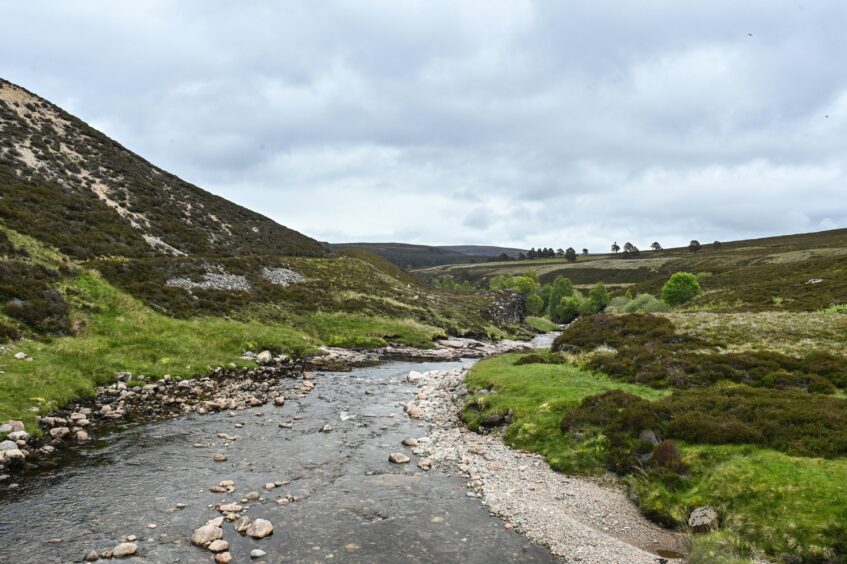
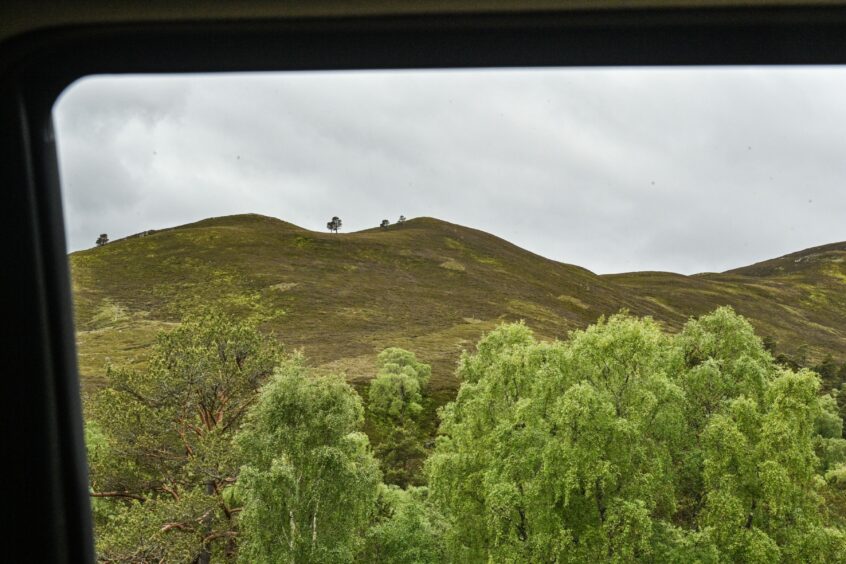
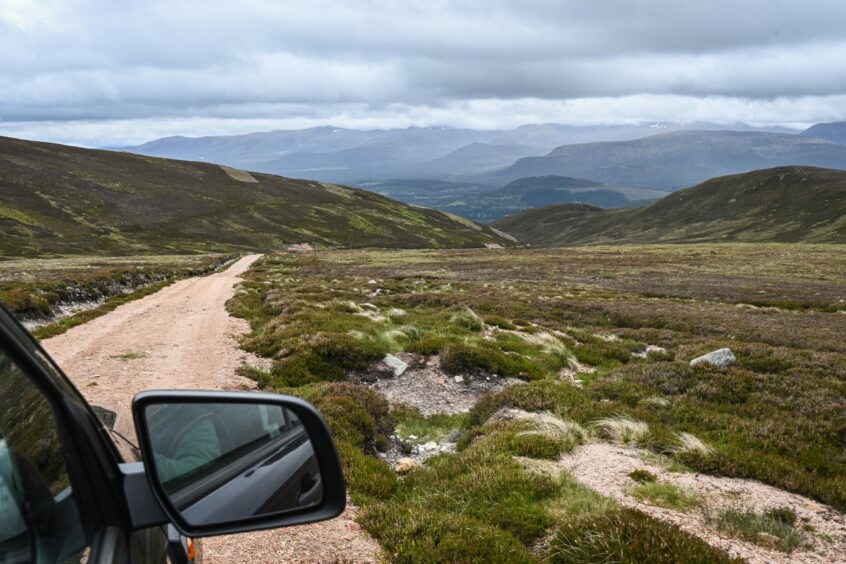
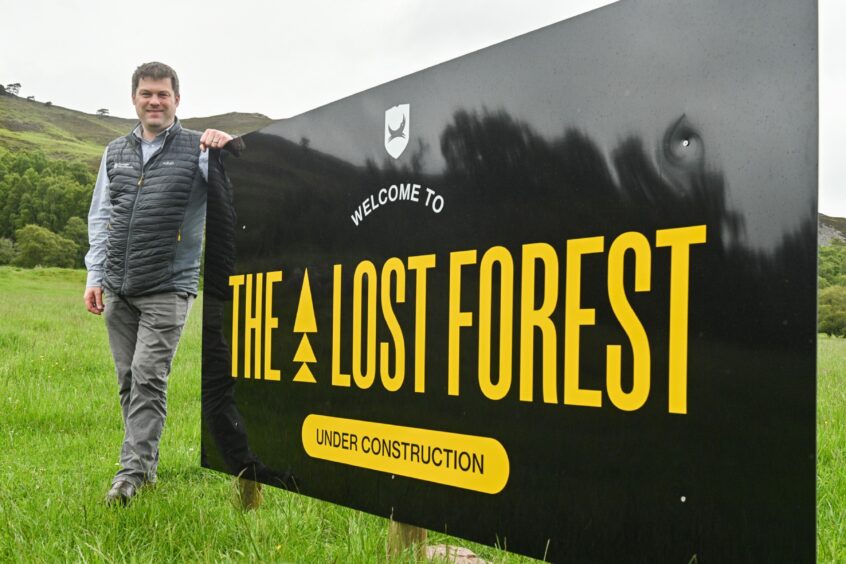
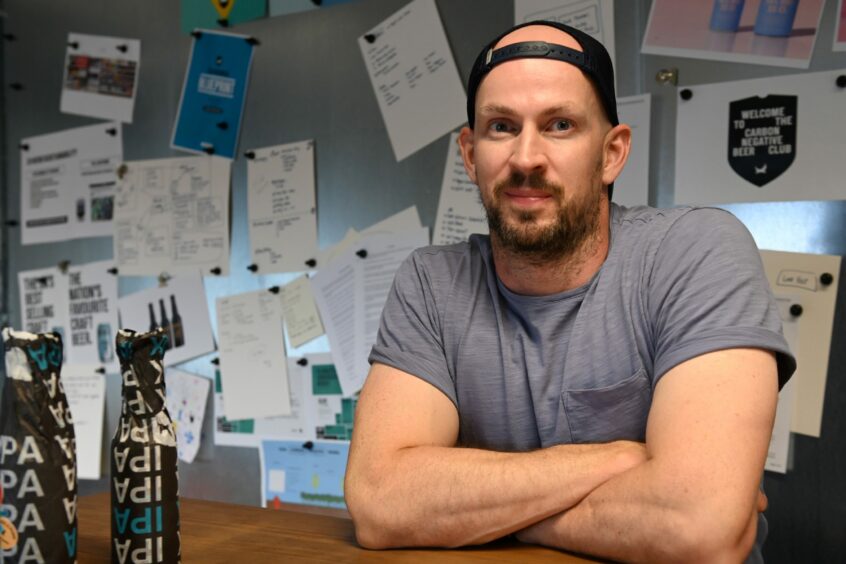
Conversation